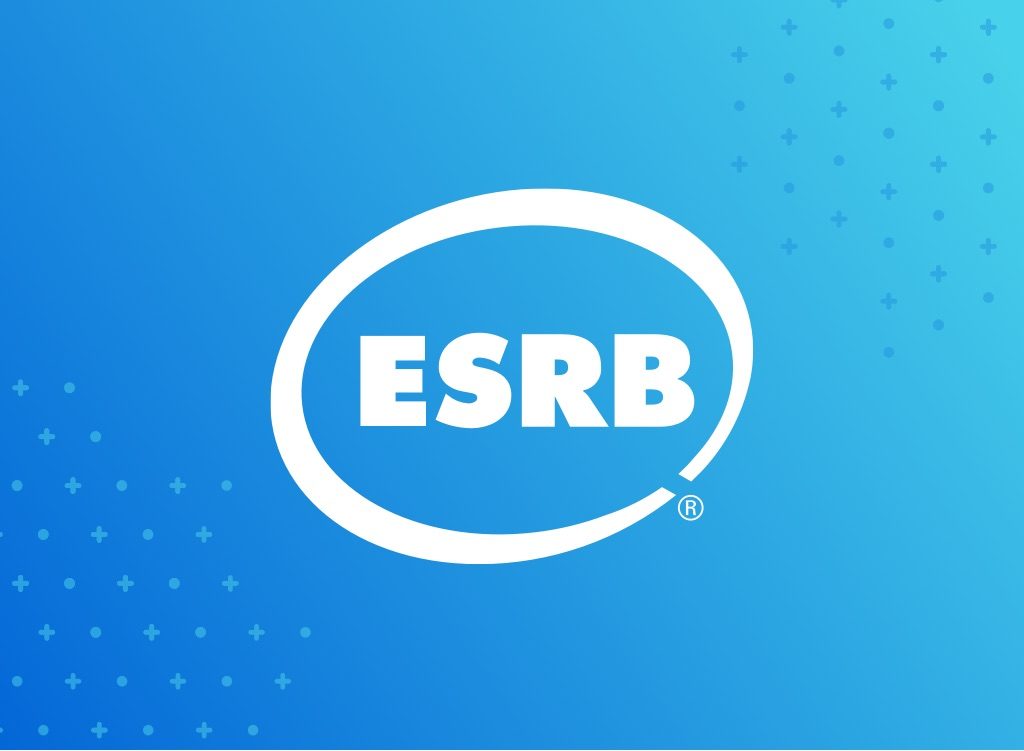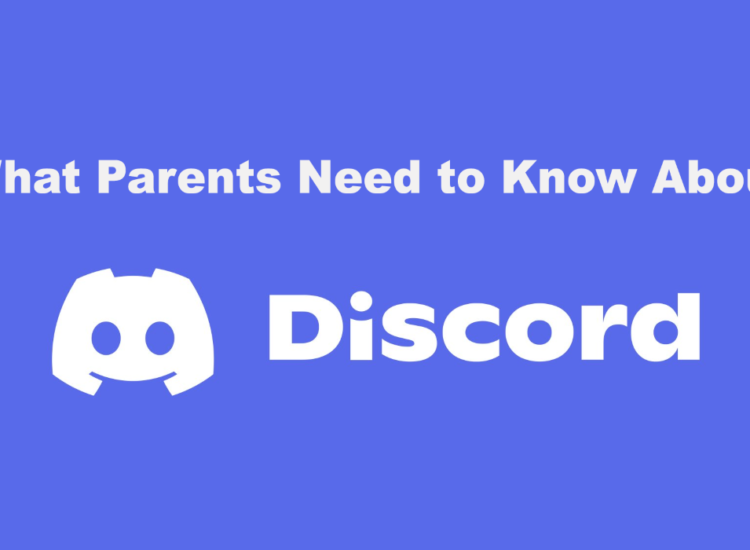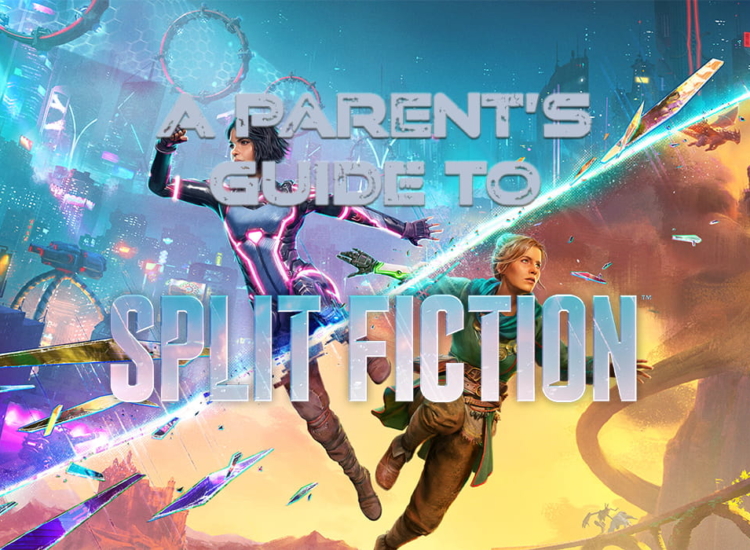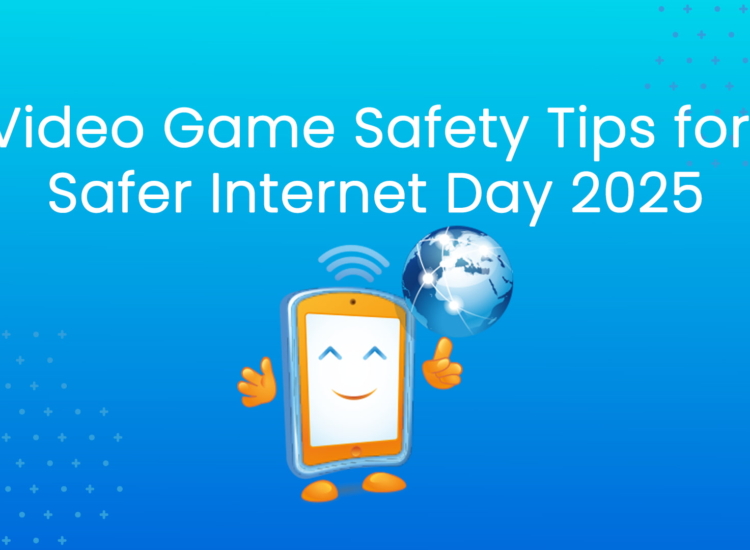Statement by ESRB President Patricia E. Vance in response to the release of a Harvard School of Public Health study

NEW YORK – The following statement was issued today by Entertainment Software Rating Board (ESRB) president Patricia E. Vance in response to the release of a Harvard School of Public Health study on the rating of games rated M (Mature 17+):
“The study released today by Harvard’s School of Public Health and Associate Professor Kimberly M. Thompson simply confirms what most parents and gamers already know – that games rated M (Mature 17+) have content that is not suitable for younger players.
“The study reports that 97% of games containing violence are labeled by ESRB with a content descriptor that indicates the game contains such content; approximately the same level of accuracy was found for the presence of blood in a game. Considering these positive results, which point strongly to an effective and accurate ESRB rating system, one is left to wonder why the authors chose to use such a disingenuous headline for their press release.
“In fact, what becomes clear after reviewing the study is not that ESRB is not accurate, but that the authors simply think games should be rated differently. Their philosophy would litter game packaging with descriptors for every type of content possibly encountered in a game, no matter how fleeting or insignificant the impact on the playing experience may be. They also substitute their own criteria and definitions when assigning content descriptors, which differ from those used by ESRB raters. We have repeatedly informed the authors of these flaws in their methodology, but it continues to be used in this research. Notably, and unlike the ESRB, the authors never test their judgments with those of parents, who have been found in nationally conducted research to agree with ESRB ratings 82% of the time, and in which they have a high degree of confidence.
“Finally, the suggestion that games should be played all the way through prior to issuing a rating is naïve and impractical given their length, complexity and repetitiveness, not to mention the risk of not finding and considering all pertinent content in the assignment of a rating.
“All that being said, there is one point on which we can agree. M-rated titles include content that parents may find inappropriate for younger players. We continue to encourage parents to regularly check the ratings to help them make educated purchase decisions, and to monitor the games that their children play.”
More About the Harvard Study
- Absent from mention in both Harvard’s release and the published study itself is that the definition of ESRB’s M (Mature 17+) rating category, on which this study focuses, specifically mentions “intense violence, blood and gore, sexual content and/or strong language.” These are the same types of content considered unlabelled by the
- The study, like the previous ones from Professor Thompson, ignores significant consumer research indicating that parents disagree with Thompson’s perceptions of content and how ratings should be assigned. According to recent nationwide research conducted by Peter D. Hart Research Associates, parents agree with ESRB ratings or consider them “too strict” nearly 90% of the time. Three quarters of parents use the ratings regularly, and 94% find the ratings to be helpful when choosing games. These are the true measures of an effective rating
- ESRB raters consider context in the assignment of content descriptors; in other words, descriptors are often assigned within the context of a rating category to help provide additional information about why a game received that particular rating, and are meant to reflect what a parent might be most concerned about when considering the purchase of a game. They are not assigned as a comprehensive list of observable content, which would account for many of the instances of unlabelled content recorded in the
- The call by the authors for ratings to be assigned by playing games calls into question the authors’ understanding of games as a medium. Many games today take upwards of 50 hours to complete and have 200-page guides to help players complete them. Requiring at least three game raters to play through each of the over 1,000 games rated by ESRB each year would not only be staggeringly inefficient, but more importantly would increase the likelihood of the raters’ not finding and considering all pertinent game content. Further, it would demand that raters be expert gamers, which would likely diminish ESRB’s ability to assign ratings that are representative of the views of parents. This recommendation is pleasant in theory and senseless in practice; the ESRB rating process is far more thorough and effective than Professor Thompson’s, which involves playing a game for only one
- Professor Thompson ignores recent FTC data on retailer enforcement of store policies not to sell Mature-rated games to minors, instead citing outdated data from a report that is 3 years old. Last month, the FTC released its most current report citing dramatic improvement in retailer enforcement, especially among national retailers, where minors were stopped from purchasing M games 65% of the time. This is on par with the “Gold Standard” level of enforcement for R-rated movies at theatres. They failed to also state that the FTC found that adults are involved in the purchase of video games 83% the time, which means parents are ultimately making informed decisions about which games they deem appropriate for their children and
# # #
About Entertainment Software Rating Board (ESRB)
The ESRB is a non-profit, self-regulatory body established in 1994 by the Entertainment Software Association (ESA). ESRB independently assigns computer and video game content ratings, enforces advertising guidelines, and helps ensure responsible online privacy practices for the interactive entertainment software industry.
Contact:
Eliot Mizrachi, ESRB
917.522.3235
emizrachi@esrb.org


